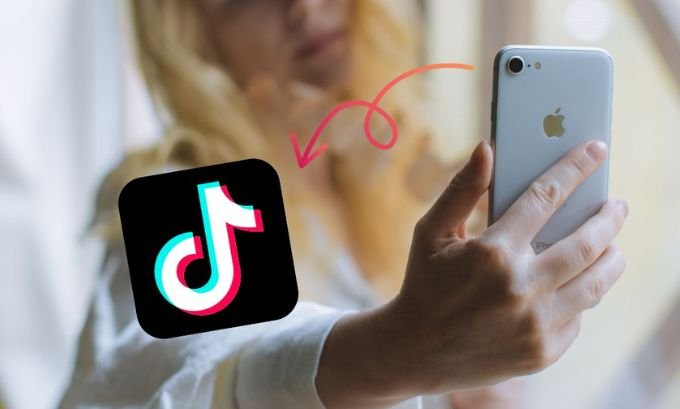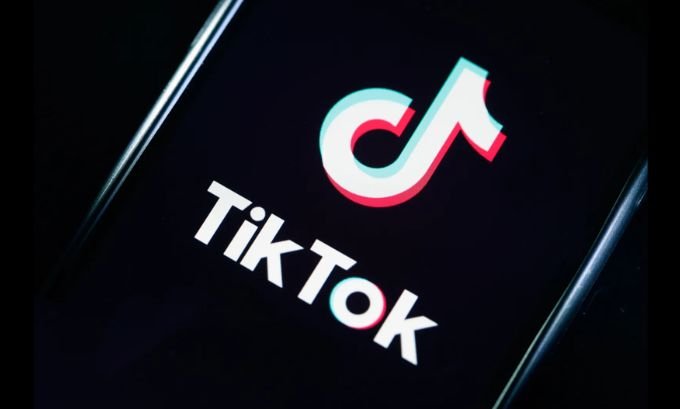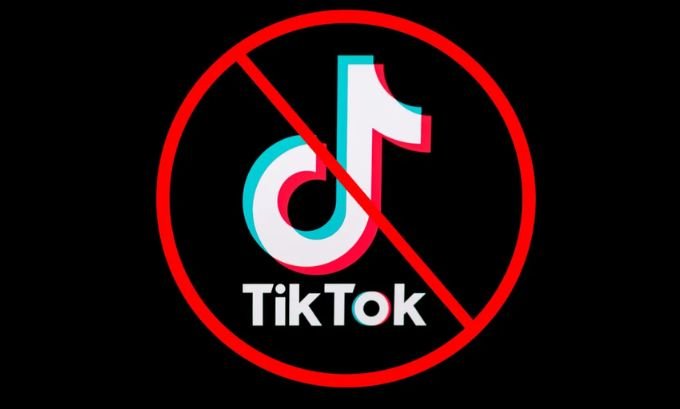Curious about where TikTok is banned in 2025, and why? You’re not alone. The tiktok banned countries list 2025 reveals how the world’s favorite short video app is caught up in conversations about privacy, security, law, and politics. This guide brings you the latest facts, real scenarios, and places everything into context for crystal-clear understanding.
From the United States and India to Afghanistan and beyond, you’ll learn how issues like cybersecurity, data security, and geopolitical tensions shape bans in different regions. We’ll also answer common user questions and offer expert insight into what might happen next.
Table of Contents
Understanding TikTok Bans in 2025: Quick Answers & Key Drivers
Why are countries banning TikTok in 2025?
Countries ban TikTok for several core reasons: concerns about how ByteDance (its Chinese parent company) handles user data, national security worries, political tensions between China and other nations, and questions about the app’s influence on young people.
What Drives the TikTok Bans?
- Data Security: Fears that ByteDance may share user data with the government of China have prompted bans. Some countries are concerned about how data like phone numbers, locations, and personal messages are stored and accessed.
- Cybersecurity Risks: Governments, especially in the United States and Europe, say TikTok could be used for surveillance or cyber attacks against officials if installed on government devices.
- Social Media Regulation: Nations are increasingly regulating social platforms to protect privacy, national identity, or public safety. Social media regulation now includes strict policies against apps deemed a risk.
- Geopolitical Tensions: Conflicts or strained relations with China or global security incidents often result in a TikTok ban, as seen in India and the U.S..
- Cultural and Religious Grounds: In certain countries, including Afghanistan, social or religious principles drive the decision to ban TikTok. Concerns range from indecent content to youth influence.
TikTok Banned Countries List 2025: The Definitive Table
Here’s an up-to-date table on where TikTok is banned, with the year and main reasons. This helps you find answers fast:
| Country | Type of Ban | Year | Main Reason(s) |
|---|---|---|---|
| India | Complete ban | 2020 | Security, Data Security, Geopolitical Tensions |
| Afghanistan | Complete ban | 2022 | Cultural, Religious |
| Nepal | Complete ban | 2023 | Social Harmony, Inappropriate Content |
| Somalia | Complete ban | 2023 | Explicit Content, Extremism |
| Taiwan | Government devices ban | 2022 | Security, Cognitive Warfare |
| United States | Government & state devices; deadline for full ban | 2023–2025 | Data Security, Cybersecurity, Political |
| Canada | Government devices ban | 2023 | Data Security, Cybersecurity |
| United Kingdom | Government devices ban | 2023 | Cybersecurity |
| Australia | Government devices ban | 2023 | Security Risks |
| France | Government devices ban | 2023 | Cybersecurity |
| European Union | Official devices ban (Parliament, Commission) | 2023 | Cybersecurity, Data Security |
Note: Some nations (such as the U.S. in 2025) are debating extending bans to the general public, pending legislative and legal processes.
Real-Life Experience: The Human Impact Behind TikTok Bans
For many businesses and creators, TikTok isn’t just entertainment—it’s a business lifeline. In 2024, I worked with a travel startup based in India. Their TikTok campaigns were bringing in 70% of their new customers. After the ban, their sales dipped sharply. They scrambled to shift efforts to YouTube Shorts and Instagram Reels, but rebuilding their following took months.
Similarly, in the United States, government agencies spent weeks reviewing every device for non-compliance after the federal TikTok ban on official phones. Employees shared how they lost convenient ways to communicate with younger audiences and track social trends.
These stories underscore how social media regulation can dramatically alter business strategies, impact individuals, and even shift job opportunities.

TikTok: Strengths and Its Global Influence
What Makes TikTok So Powerful—And So Worrisome?
Strengths:
- Global Reach: Over 1.5 billion users worldwide, with high adoption by Gen Z.
- Ultra-Engaging Algorithm: TikTok’s recommendation engine (powered by ByteDance) keeps people scrolling for hours—boosting trends at lightning speed.
- Cross-Cultural Influence: Trends from Indonesia reach New York in hours. TikTok shapes global music, fashion, language, and even protest movements.
- Monetization: TikTok’s creator fund enables users to turn followers into earnings.
Areas of Concern:
- Opaque Data Practices: Lack of public clarity on how ByteDance stores and shares personal data. Investigations have highlighted storage on servers in China.
- Regulatory Gaps: Bans often happen before investigations are completed.
- Mental Health: Research links excessive usage to sleep issues and anxiety among teens.
- Misinformation: Despite efforts, TikTok struggles to police fake news and harmful trends.
According to Statista, in 2024 TikTok accounted for nearly 16% of global social media video watch time but was also among the top five most commonly restricted platforms worldwide.
Spotlight on Major Ban Examples
India: Pioneering a Full Ban
India initiated one of the most influential complete bans on TikTok in mid-2020. Citing data leaks and border disputes with China, the government set a precedent that inspired other democracies to examine their tech policies.
- Aftermath: Domestic apps filled the void, but influencers struggled to maintain audiences.
United States: The Partial Ban & Ongoing Debate
As of 2025, TikTok remains accessible to the U.S. public, but government-issued devices in all federal agencies (and most states) are TikTok-free due to high-profile cybersecurity concerns.
- Current Legal Disputes: Congress passed legislation in 2024 mandating ByteDance sell U.S. operations or face a nationwide shutdown.
- Ongoing Influence: TikTok stars still reach millions, but U.S. creators share anxiety about the app’s uncertain future.
Afghanistan: Content and Culture at the Forefront
Afghanistan’s Taliban government banned TikTok for “morally damaging” youth and content that contradicts Islamic values. This reflects bans based on content and social conformity rather than cyber risk or geopolitical strategy.
Europe: Aligning on Cybersecurity
The European Union, along with countries like France and the UK, avoids a platform-wide ban but prohibits TikTok on all official government and parliamentary devices, urging institutions to adopt robust cybersecurity practices.
Areas for Improvement in Policy and Platform
- Greater Algorithm Transparency: Demands for clearer communication from ByteDance about video suggestions and moderation.
- Stronger Data Localisation: Countries want assurance that user data stays outside China.
- More Responsive Regulation: Governments are encouraged to tailor policies based on evidence—not just geopolitics.
- User Privacy Education: People need more direct info on protecting their digital privacy wherever they live.

FAQ: TikTok Banned Countries List 2025
1. Which countries fully ban TikTok for everyone?
As of 2025, India, Afghanistan, Nepal, and Somalia maintain full bans for all citizens.
2. Can you use TikTok in the United States in 2025?
Yes, but not on government devices. A public ban is possible if ByteDance fails to divest ownership.
3. Why is ByteDance at the center of controversy?
As TikTok’s Chinese parent company, ByteDance faces scrutiny due to possible Chinese government data access under national law.
4. What are “partial bans” on TikTok?
Partial bans usually restrict TikTok from official/government devices. Citizens can still use the app on personal phones. Countries like the United States, UK, and Canada have such restrictions.
5. How do bans relate to data security and cybersecurity?
Most bans stem from fears TikTok could leak, misuse, or abuse users’ personal data, or be exploited for surveillance/cyberattacks.
6. Does TikTok face the same scrutiny elsewhere?
Absolutely. Governments worldwide examine social apps for similar risks—especially those with foreign owners from rival or contentious countries.
7. Are bans only about security, or also about culture?
Both. While most focus on data risks, countries like Afghanistan block TikTok over cultural and religious concerns
Conclusion: What the 2025 TikTok Banned Countries List Means for You
The tiktok banned countries list 2025 is a mirror of how tech, politics, and society intersect in our digital world. As long as questions about data security, cybersecurity, and geopolitical tensions persist, expect the list to change.
For users, awareness and adaptable strategies matter. If your country bans TikTok, check for local alternatives, understand where your data goes, and stay informed about new regulations.
Did you find this guide helpful? Keep following for updated news, privacy advice, and tech trends that shape the future of social media across countries.
Author Bio
Daniel Ruby is a digital strategist and technology writer with more than 15 years’ experience tracking social media regulation and cybersecurity policy. He has worked with multinational brands, government agencies, and startup founders worldwide. Daniel’s commentary and research have been featured in major outlets focused on technology and digital rights.
References
- Indian Ministry of Electronics & IT (2025 Reports)
- U.S. Congressional Acts and Federal Register, 2024–2025
- European Commission, Official Statements on Social Media Security (2025)
- Statista: TikTok Global Market and Restriction Data (2024)
- Policy updates from the governments of Afghanistan, Australia, Canada, France, and Nepal

